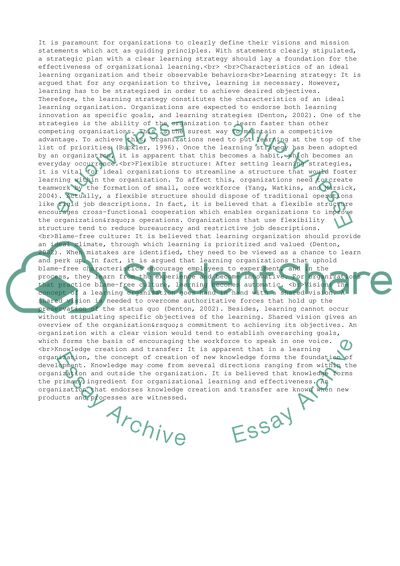Cite this document
(Learning Organizations and Effectiveness Coursework, n.d.)
Learning Organizations and Effectiveness Coursework. Retrieved from https://studentshare.org/management/1455970-learning-organizations-effectiveness
Learning Organizations and Effectiveness Coursework. Retrieved from https://studentshare.org/management/1455970-learning-organizations-effectiveness
(Learning Organizations and Effectiveness Coursework)
Learning Organizations and Effectiveness Coursework. https://studentshare.org/management/1455970-learning-organizations-effectiveness.
Learning Organizations and Effectiveness Coursework. https://studentshare.org/management/1455970-learning-organizations-effectiveness.
“Learning Organizations and Effectiveness Coursework”, n.d. https://studentshare.org/management/1455970-learning-organizations-effectiveness.


